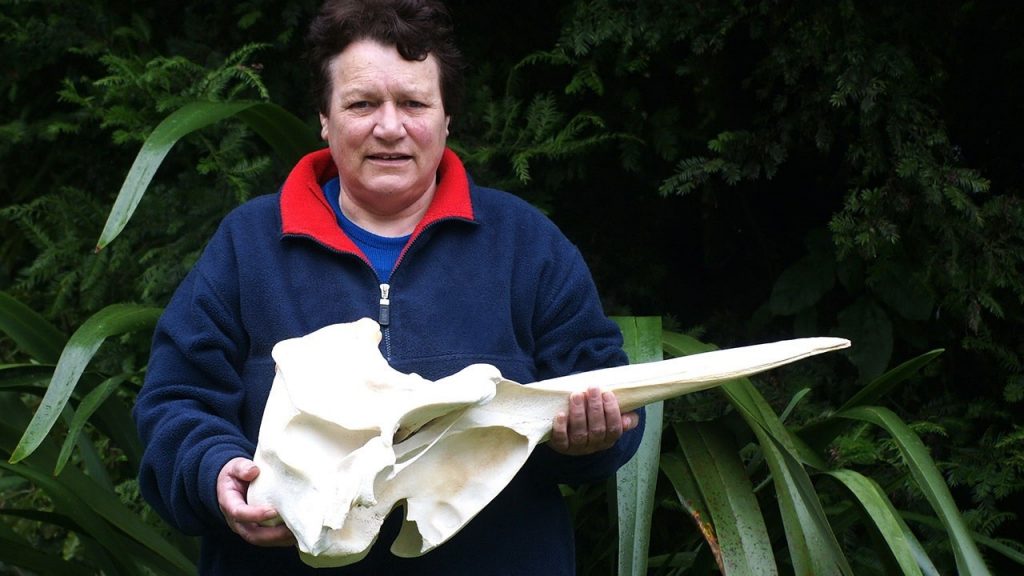The new species was discovered in New Zealand after examining a specimen that landed in 2011 was found to be different from the assumed species classification. The animal was first tested for real whales (Mesoplodon died), which is native to the North Atlantic, but has seen smaller forces in the Southern Hemisphere. A comprehensive study of the lowered animal began in 2011 by Ramary Stewart, a cetacean researcher of Maori origin. known. The animal was named the Ramari Beaked Whale after its first description, increasing the number of known beaked species to 24.
Since true-beaked whales in the North Atlantic and Southern Oceans are separated by thousands of kilometers, it has been shown that the southern populations may have long been separated from the North Atlantic. Although animals in the Northern Hemisphere are found in a variety of colors and patterns, those in the Southern Hemisphere also differed in this region. The A report from the University of Auckland Primarily anatomical and genetic comparison has not been made so far, but now by a large international research team, Proceedings of the Royal Society B in a professional magazine Posted.
Propagation of true beak in the northern hemisphere and ramary pecks in the southern hemisphere.
Forrás: Proceedings of the Royal Society B
The shape of the body, the shape of the skull and the size of the teeth of animals living in the southern hemisphere are also different from those that live in the northern hemisphere, and based on genetic studies, the two groups were completely separated from about 500,000 to 350,000 years ago. Studies have not revealed whether the species was originally bred in the northern or southern hemisphere, but it is believed that they began to separate about two million years ago, but there has long been a genetic link between the northern and southern populations. The genetic diversity of the Southern Hemisphere population suggests that the species may have originated here and migrated north from here to a group of previously known true-beak ancestors. Many cetaceans have separate groups from the north and south, but these species have not yet reached the point of separation that can actually be called independent species.
Ramari Stewart in 2011 with a Sitak skull lying on the beach.
Source: University of Auckland / Tanya Cumberland
Warm tropical waters are unfavorable, and this separates the two groups, which has prevented them from mixing in the last period. Test specimens of the new species, in addition to New Zealand found 10 years ago, landed on the shores of South Africa and were taken to a museum there, and specimens of true cetaceans were also stranded earlier.
A Ramari-csröscetnek (Mesoplodon eueu) Only a few specimens are known (fortunately, the bodies dumped ashore are anchored in a museum), and while we don’t know much about them, it’s highly likely that he spent most of his life on the high seas. Beaks are such a deep predator, it is not uncommon for them to empty up to 1,000 meters for their prey, which may explain why we rarely encounter them. Genetic data confirmed the presence of the species near New Zealand, South Africa and Australia, but it is assumed that it is scattered throughout the Southern Ocean.
It is estimated that one and a half million species are still waiting to be discovered and described in the deep sea.













































